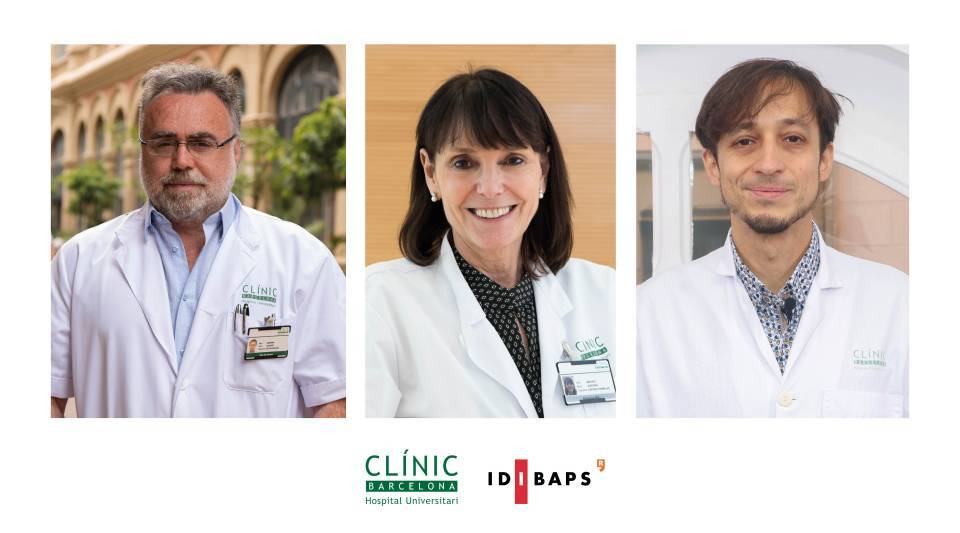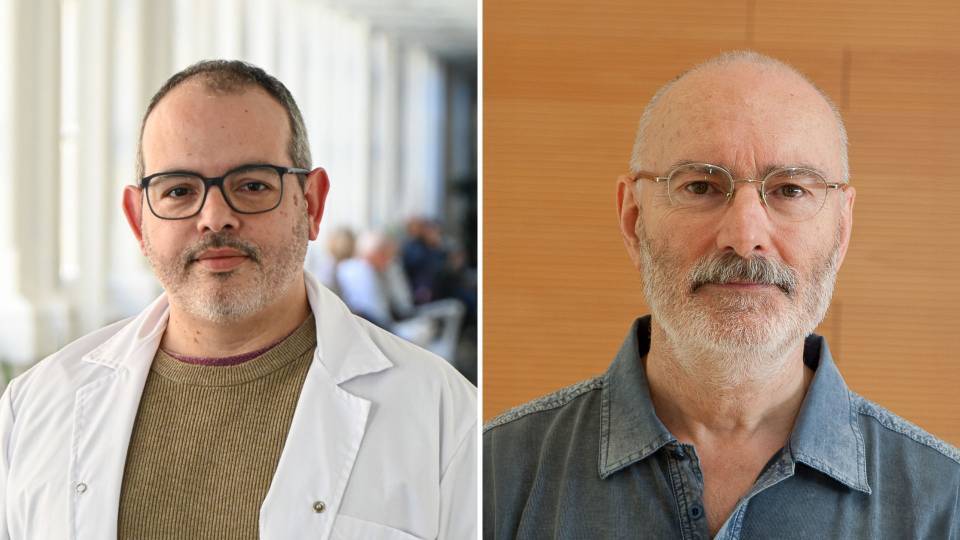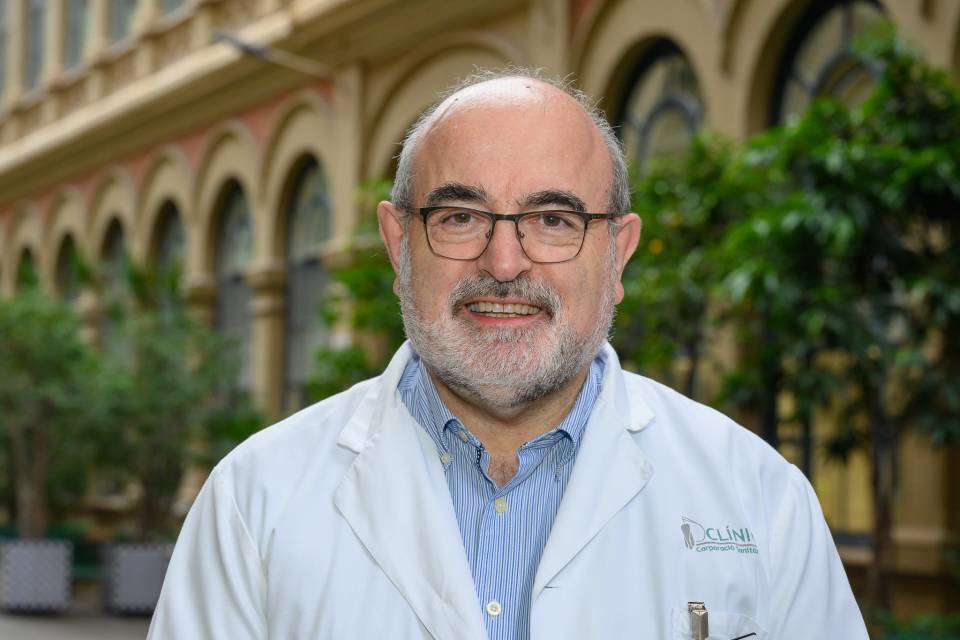Depression, anxiety, schizophrenia, bipolar, psychotic, obsessive-compulsive, or neurodevelopmental disorders, and eating disorders are examples of these diseases that, according to experts, one out of every four adults will suffer at some stage in their lives in milder or more severe form. Furthermore, according to the World Health Organization, one out of every seven children or adolescents aged between 10 and 19 years experiences a mental disorder. In half of cases, onset of the disorder occurs before the age of 14 years, but most are not diagnosed and are left untreated.
Incidence and prevalence data vary depending on the disorder, age group, and country of diagnosis, but it is estimated that almost a billion people present mental health problems around the world. These are therefore highly frequent diseases, which also affect life expectancy. Thus, people who suffer from schizophrenia die between 10 and 20 years earlier than the rest of the population. And worldwide, one out of every 100 deaths is from suicide. In fact, suicide is the fourth most common cause of death among young people aged between 15 and 19 years.
The factors that impact the appearance, progression, and outcome of mental disorders are still unknown. At IDIBAPS, however, researchers are working to identify them, improve diagnosis and treatment, and the quality of life of the patients.
Identifying changes in the brain and personalizing help
“In research on mental disorders, we can differentiate between research focusing on discovering what happens and research focusing on prevention and treatment”, explains Joaquim Raduà, head of the IDIBAPS group Imaging of Mood and Anxiety Related Disorders (IMARD). “In the first case, we have research on neuroimaging, on genetic risk factors, on neurotransmitters and hormones, or, more recently, on the microbiota; i.e., the gut-brain axis, to cite a few examples. With regard to therapeutic strategies, basic treatments such as drugs and cognitive behavioral psychotherapy, as well as psychoeducational and psychosocial interventions that complement the primary or initial therapy to increase its efficacy. The goal is not just to eliminate the symptoms that cause discomfort, but also to allow the person to lead a normal life, regain quality of life, and be happy. In cases of resistance to drugs or psychotherapy, there are alternatives such as intracerebral stimulation. Today, however, we do not know why some people respond well and others respond less well to the same treatment. We still have a long way to go and many questions to answer”.
Raduà’s team studies the changes observed in the brain in different mental disorders using imaging techniques such as magnetic resonance. “Our idea is to use imaging and other data to estimate the probability of response to a treatment or the risk of relapse. This may help health care professionals to adjust the frequency of visits or treatment. We want to create tools that can be used in routine practice, like an x-ray is used for an injured arm”, said the researcher. “This, however, requires a large amount of data and a complex analysis, in which artificial intelligence also plays an important role. We want to move toward personalized medicine, get away from what the British call one-size-fits-all, and provide each person with the optimal type of help, based on their individual characteristics”. The researchers have already developed models that could be used to estimate the risk of relapse in some mental disorders such as psychosis, anxiety and depression, and bipolar disorder.
Raduà and his group are also investigating risk factors that make it possible to detect mental disease early or even prevent it, in order to intervene earlier in its development, when the brain is still at a reversible stage. To this end, the analysis of more than 700,000 patients has recently allowed researchers to establish the age of onset of different mental disorders. Many people currently visit professionals after having suffered from symptoms for years, when the disease is already established.
The importance of the environment
“There is no single gene for schizophrenia, bipolar disorder, or anorexia, to give some examples of mental disorders. What we inherit is a set of genes, and this leaves us with a risk of developing a disorder. It is what we call the polygenic risk score. But this is not always sufficient to suffer from a mental disease”, said Josefina Castro-Fornieles, director of the Clínic Neurosciences Institute and head of the IDIBAPS group Child and Adolescent Psychiatry and Psychology. “Researchers increasingly view environment, stress, and life status and the events experienced by a person as essential aspects. What happens to us affects our epigenetics and can cause or exacerbate a disorder”.
The researcher compares it to other diseases. For example, people with a genetic risk of bowel or lung cancer will have a greater or lesser risk of developing a tumor depending on diet and smoking habits. “In mental disorders, we are slowly learning about the interaction between genetics and environment, and we can determine risk factors. This will probably determine the future of research in terms of improving treatment and outcome”.
Castro and her team study eating, emotional, obsessive-compulsive, attention deficit hyperactivity, autistic spectrum, psychotic, and other disorders in people under 18 years of age. They use neuroimaging and genetic techniques to identify markers that allow for early detection and prevention of the diseases. “While some disorders share characteristics and abnormalities in some areas of the brain, to date we cannot make a diagnosis based solely on an image. The key is still the consultation, where the person’s symptoms form the basis for the diagnosis. Neuroimaging does allow us to see whether a brain is healthy or not, but the studies must be done by comparing differences observed between patient groups and control groups. We cannot take the images of one patient and say whether they have this disorder or that disorder. In terms of prevention, we are also studying changes or abnormalities in the brain before the first symptoms appear in order to take preventive approaches and instate early treatment”.
Anticipating the disease
Eduard Vieta, leader of the IDIBAPS group Bipolar and Depressive Disorders and head of the del Hospital Clínic Psychiatry and Psychology Department, agrees with Raduà and Castro on the importance of early detection and diagnosis. “We have known for the past 50 years that there are genetic markers and changes in the brain, but now we have the ability to make predictions and anticipate the disease”, said Vieta. “The importance of early intervention has been shown again recently, in the study led by Eduard Gratacós, in which we took part. This study shows that reducing stress in the mother, a key factor in preventing depression, affects the baby. And this is where we are heading. Who knows whether some day we will intervene before fertilization, or in the grandparent to treat the grandchild”?
The research group directed by Vieta is a pioneer in the study of precision psychiatry applied to bipolar disorders and depression. They are searching for the mechanisms and molecular bases of mental disease. But the team is also renowned for its research into treatments. “We have taken part in all the phase-III trials of most of the drugs that have been approved for use in patients. And we are also a gold standard in the field of specific psychotherapies. These therapies that complement medication but do not replace it. This is important because there is often a stigma attached to drugs for mental illness, whereas psychotherapy has a better reputation. With psychotherapy, there is a tendency to think that the cure comes from the work done by the person rather than from a pill. Nevertheless, the mechanism of action of the psychotherapies also reinforces the pharmacological treatment, as it helps the patients to understand their disease and to detect relapses. This ensures that they follow the medication guidelines”.
When a person’s mental health deteriorates, they frequently lose the ability to judge what is happening to them. “We have tools to help them to regain lost abilities in cases of advanced mental disease; these are cognitive and functional rehabilitation techniques. At present, however, we also use them for prevention. For example, in the children of people with bipolar disorder, as well as the genetic and neuroimaging studies, we encourage cognition to give them the resources to deal with the disease in the event that they suffer from it”, said Vieta. “As I explained earlier, the paradigm of the future is early detection and intervention, using algorithms that combine biomarkers, neuroimaging, epigenetics, transcriptomics, and metabolomics. Many of the groups who work on mental health at IDIBAPS and Hospital Clínic are developing these algorithms, as we are very strong, internationally top-flight teams”.
This content has been writen with the support of the Spanish Foundation for Science and Technology (FECYT).




